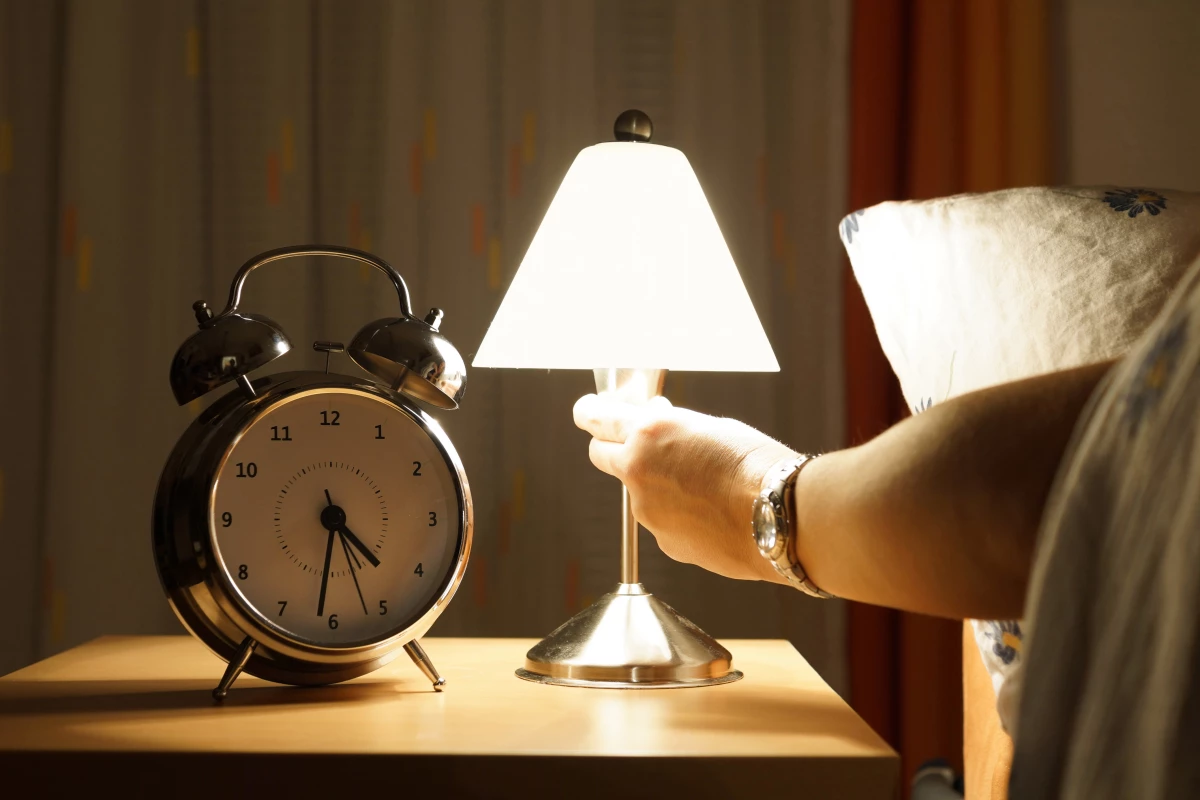Researchers from Northwestern University's Feinberg School of Medicine have found sleeping in a moderately lit room can potentially harm a person’s cardiometabolic health. The study saw just one night of sleep in a room with moderate ambient light increased nighttime heart rate and spiked insulin resistance in the morning.
Plenty of recent research has investigated the impact of light from screens on our sleep quality and general health. Much of this study has focused on how exposure to nighttime light disrupts our circadian rhythms, and it has been suggested these disruptions can increase a person’s risk of cancer, heart disease and obesity.
Less understood is the relationship between light exposure while we sleep and general health. Observational studies have detected associations between bedroom light levels and conditions such as diabetes or obesity but only a few investigations have experimentally looked at the effect of sleeping under bright lights.
This new study recruited 20 healthy young adults and split them into two groups. One group spent two consecutive nights in a sleep laboratory under dim light (less than three lux), while the other group spent one night in dim light and a second night under moderate light levels (a room light at 100 lux).
Daniela Grimaldi, co-first author on the study, said her team saw heightened overnight heart rates in participants exposed to brighter light while they slept. This increased stress on the heart at night could plausibly result in declines in a person’s cardiometabolic health over the long-term, according to Grimaldi.
“We showed your heart rate increases when you sleep in a moderately lit room,” said Grimaldi. “Even though you are asleep, your autonomic nervous system is activated. That’s bad. Usually, your heart rate together with other cardiovascular parameters are lower at night and higher during the day.”
The researchers also saw increased insulin resistance in participants the morning after sleeping under a moderate light. Senior author Phyllis Zee said this finding may offer clues to observational studies linking higher rates of diabetes to nighttime light exposure.
“Now we are showing a mechanism that might be fundamental to explain why this happens,” added Zee. “We show it’s affecting your ability to regulate glucose.”
Although these cardiometabolic changes from sleeping under moderate light were statistically significant, it is important to note the participants in the study did not report any subjective differences in the quality of their sleep between the two light conditions. There was also no difference detected in melatonin secretion between the two sleep light conditions.
The researchers point out the participants did not experience more fragmented sleep in the brighter light condition. The only significant difference to sleep architecture related to the light conditions was, “a greater percentage of stage N2 and a lower percentage of SWS [slow wave sleep] and REM sleep during the night with room light exposure compared to during the dim light condition.”
Although the study is small, Zee said the findings demonstrate how exposure to moderate light can lead to physiological changes that are not immediately subjectively noticeable. And Zee’s advice is to keep night lights as dim as possible and close to the floor. She also suggests avoiding white or blue night lights as they are potentially more stimulating.
“These findings are important particularly for those living in modern societies where exposure to indoor and outdoor nighttime light is increasingly widespread,” concluded Zee. “If you’re able to see things really well, it’s probably too light.”
The new study was published in then journal PNAS.
Source: Northwestern University




